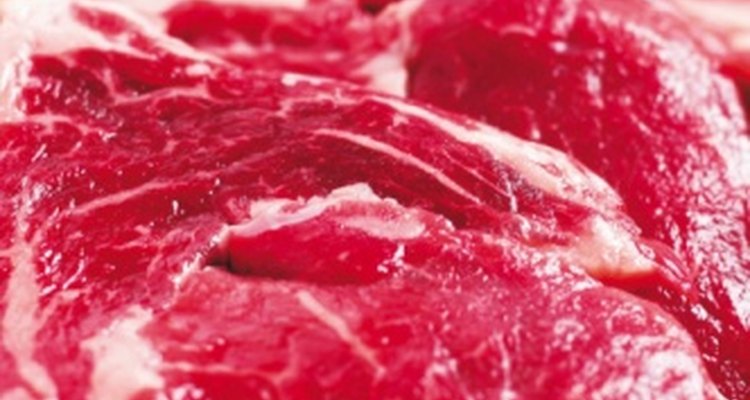
Many consumers base their decision on which steak to purchase in the supermarket by its appearance, believing that a bright red color is a good indicator of its freshness. However, it is natural for a piece of raw steak to change from red to brown color. While it is natural for beef to lose its red color, color change can also be due to freezer burn and spoilage.
Oxymyoglobin
Fresh cut beef is burgundy or purplish in color because it contains a lot of myoglobin, which is purplish-red in color. The red color of raw meat is mostly the result of oxygen exposure. When the myoglobin is exposed to oxygen, it becomes oxymyoglobin, which turns the steak into a bright red color. To maintain the bright red color consumers prefer, supermarkets use a plastic wrap that oxygen can pass through to package the beef.
Color Change
After the beef has turned bright red from the initial oxygen exposure, the beef can then turn brown. The continued exposure of the beef to oxygen and bright light can convert the oxymyoglobin into metmyoglobin, which causes beef to have a brownish-red color. This process can happen within hours or days, depending on how much oxygen and light it is exposed to. It is thus normal for a piece of beef to change color from its initial red color.
Freezer Burn
Raw beef that is frozen can develop white, dried patches. When beef becomes discolored and covered in frost, it is called freezer burn. Freezer burn can happen when the beef is not properly wrapped and sealed. Improper wrapping allows water molecules inside the meat to escape for a colder environment, which are often the sides of the freezer. Even properly wrapped beef can develop freezer burn if it is frozen too long, as the water molecules will eventually find their way out. While the meat is still safe to eat, it will be tasteless and dry.
Spoilage
Color change alone does not indicate the steak is spoiled, since it is a normal process for beef to change from red to brown. However, if there is color change combined with a funny smell, discard the steak. Steaks that feel slimy or sticky should also be avoided. To avoid illness, beef should always be eaten soon after purchased or frozen.
Related Articles

What Are the Green & Colored Tints in ...

How Long Does It Take for Ground Beef ...

Can You Eat Hamburger Meat That Is ...

What Happens if You Cook Steak a Day ...

Is a Roast Bad If It Turns Brown?

Should You Cook Raw Meat That's Gone ...
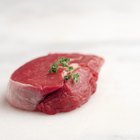
How to Know if a Steak Is OK to Cook

The Differences Between Prime & Dry ...

How to Know if Beef Cubes Are Bad

How to Know If Roast Beef Looks Good or ...

Why Do Pork Chops Turn White?

How to Cook London Broil

How Long Should I Keep Steaks ...
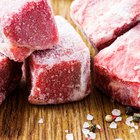
How Long Can Steak Stay Good While ...

How to Choose Fresh Meat

Can You Use Stew Meat That Has Been ...

What Does It Mean When Hamburger Smells ...
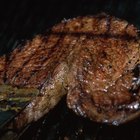
How to Defrost a Steak and Keep It ...

How Long Do You Keep Meat in Freezer?
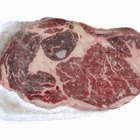
If Meat Is Frozen, How Long Does It ...
References
Writer Bio
When not caring for her two young children, Karen is a freelance writer of various topics, including beauty, health, motherhood, family life and child rearing. Her writing has appeared on several websites, including Daily Glow, Live Strong, What to Expect, Tom's of Maine and Working Mother.
Photo Credits
Jupiterimages/Photos.com/Getty Images